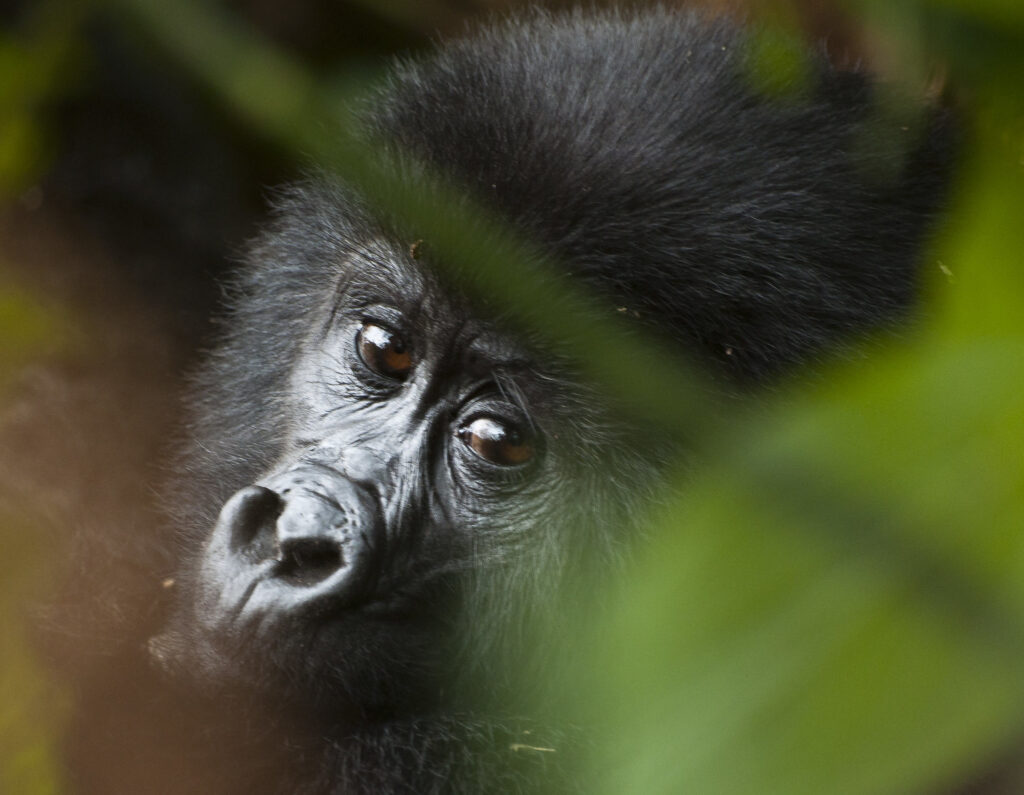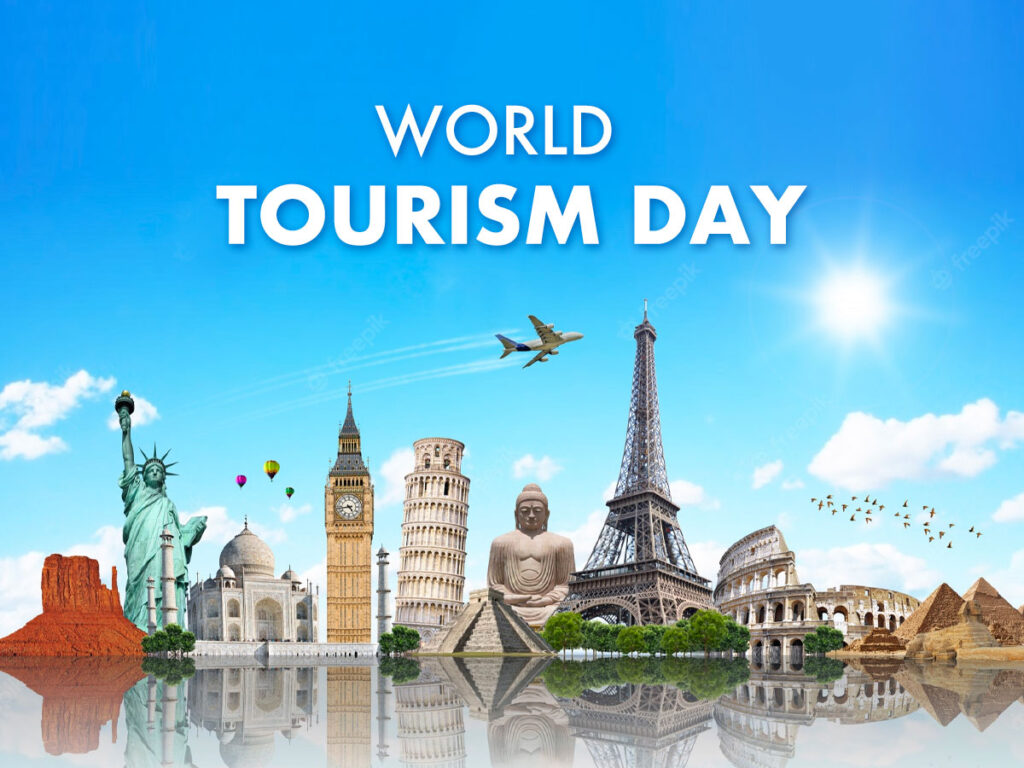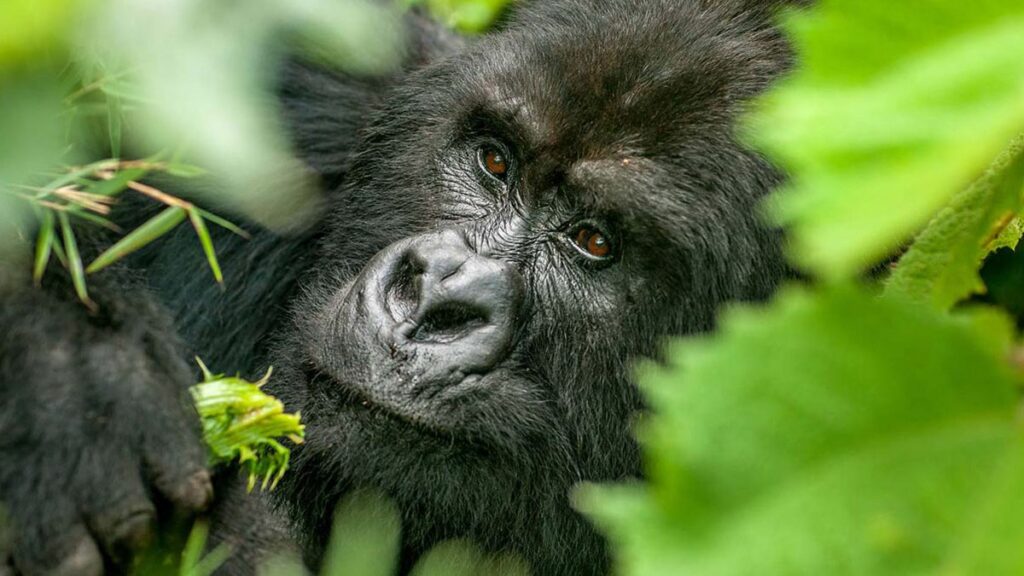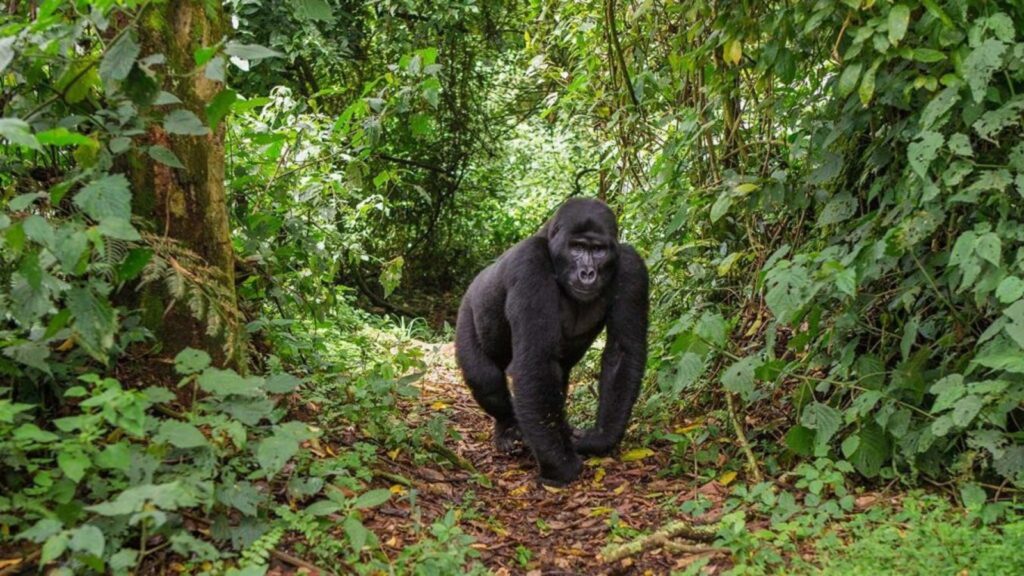Gorilla Trekking Health Precautions, Vaccinations and Fitness
Stay healthy on gorilla trek. Gorilla trekking takes you deep into the rainforests of Uganda, Rwanda, and the DRC. It’s a once-in-a-lifetime adventure—but it also comes with health risks for both you and the gorillas. Knowing how to stay healthy and protect these endangered animals is a key part of responsible trekking.
Let’s walk through the top health precautions to take before and during your trek.
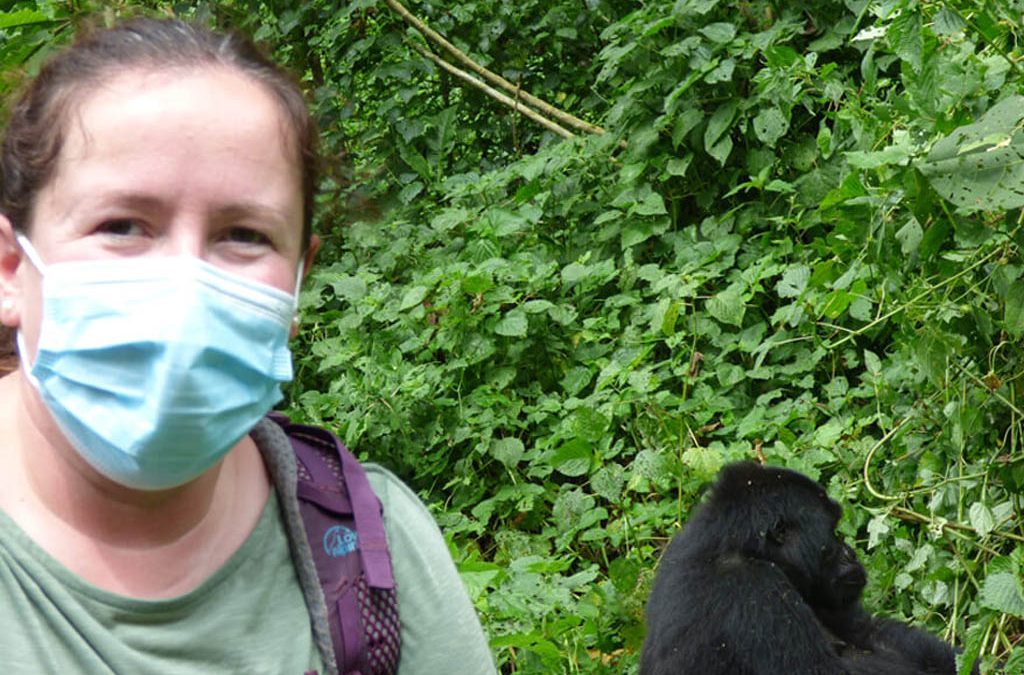
Get Vaccinated in Advance
Before you travel, consult your doctor or travel clinic. Some vaccinations are mandatory, while others are strongly recommended for your safety.
- Yellow Fever: Required for entry into Uganda and Rwanda. Carry proof of vaccination.
- Hepatitis A and B: Advised for all travelers.
- Typhoid: Especially important for rural travel.
- Tetanus and Rabies: Rabies is rare but possible in forested areas.
- COVID-19: Some parks may require proof of vaccination or testing, depending on current policies.
Get vaccinated at least 4–6 weeks before your trip.
Prevent Malaria and Mosquito-Borne Illnesses
Gorilla trekking regions are malaria zones. Bring and use:
- Anti-malarial medication (as prescribed)
- Insect repellent with DEET
- Long-sleeved shirts and trousers to protect skin
- Mosquito nets at your lodge, if not already provided
Avoid trekking in dusk or dawn hours when mosquitoes are most active.
Don’t Trek If You’re Sick
If you have flu-like symptoms, you must not join the trek. Gorillas share over 98% of our DNA. They are vulnerable to human illnesses, especially respiratory infections.
Park rules require you to stay back if you show signs of:
- Coughing
- Sneezing
- Fever
- Runny nose
It’s disappointing to miss the experience—but it protects the entire gorilla family. In some cases, you may reschedule your permit for another day.
Stay Hydrated and Fueled
Trekking can take 2 to 6 hours. The forest is humid, and trails can be steep. Carry enough water and high-energy snacks. Dehydration and fatigue increase the risk of injury or fainting.
Use a refillable bottle with a water purification option if possible.
Wear the Right Clothing
Protect yourself from cuts, bites, and skin infections by dressing smart:
- Wear long pants and long sleeves
- Use gardening gloves for handling vines or rough plants
- Wear hiking boots with ankle support to prevent slips
Dressing appropriately also prevents insect bites and poisonous plant contact.
Hire a Porter If Needed
If you’re recovering from an illness or injury or are not in peak fitness, hire a porter. They can help carry your bag, offer support on steep terrain, and make your trek safer and more enjoyable.
Listen to Your Body and Speak Up
If you feel dizzy, weak, or ill at any point, tell your guide immediately. They’re trained in first aid and can assess whether you should continue. Don’t push beyond your limits.
Most parks have first-aid kits and can arrange emergency support if needed.
Final Thoughts
Gorilla trekking is safe—but only if you prepare well. Your health matters as much as the gorillas’. By taking proper precautions, you’ll protect yourself, your group, and the precious mountain gorillas that make this journey unforgettable.

